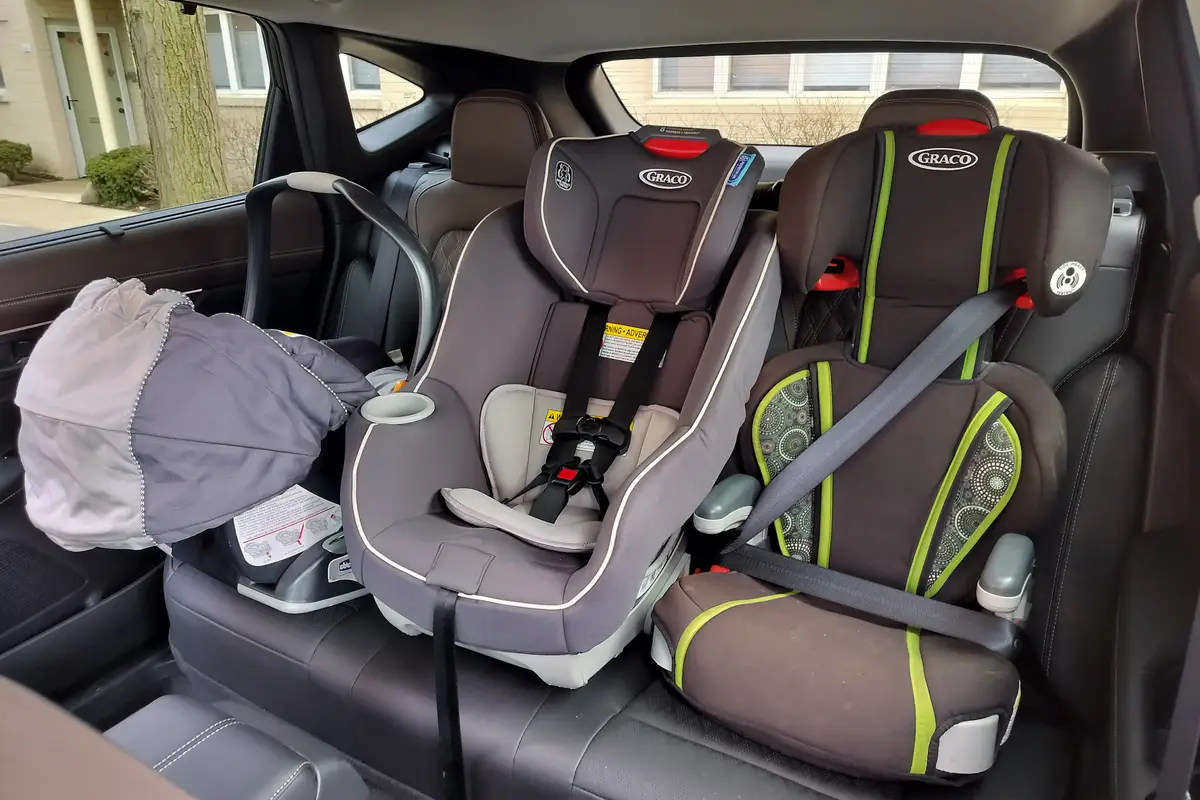Orlando Sentinel's view
The third time was the charm.
Cadillac tried to entice younger buyers to the brand in 1982 with an entry-level model called the Cimarron, essentially a dressed-up Chevrolet Cavalier. Then came the Catera in 1997 — the European Opel-based car fared better than the Cimarron, but that’s faint praise. The Catera wasn’t a bad car, and is, in fact, a good buy used, but it did nothing to help the brand.
Finally, for 2003 — two years after the Catera disappeared — we got the CTS, or Cadillac Touring Sedan. At its introduction, a Cadillac executive said the CTS was “the first 100-percent application of Cadillac’s art and science approach to passenger car design.” They were using that “art and science” line a lot then, and the CTS looked more science than art: edgy, chiseled corners, a rather severe profile, and the general appearance of a car designed by a computer, not an actual person.
But it caught on. The CTS was constructed on a solid platform, had good V-6 engines, and eventually the powerful CTS-V was introduced with a V-8 from the Chevrolet Corvette. Whether or not the CTS did what Cadillac hoped — steal a substantial number of sales from BMW, Mercedes-Benz, Audi, Lexus, Infiniti, Saab and Volvo — it was, at least, invariably lumped in with those premium brands.
And now, for 2008, comes the second-generation CTS. It is not a leaps-and-bounds improvement over the first generation, because it didn’t need to be. But it is a refinement — inside, outside and under the hood — that moves the CTS that much closer to the best European and Japanese products.
The CTS’ styling has softened a bit, and while it’s about the same length as the model it replaces, it looks more substantial. Width is up 2 inches. Interior room has not changed substantially, but that was never a problem — four adults fit quite well, or five in a pinch.
Under the hood, the CTS has two versions of the world-class 3.6-liter V-6 — one with 263 horsepower, the other with 304, thanks to a “direct injection” system that more efficiently meters the gasoline into the engine. Actually, that’s just one of the changes: This may be GM’s most complex, sophisticated engine ever, and it works amazingly well — I mean, 304 horses from a V-6, without turbocharging or supercharging, and it does it on regular gas? Bravo. And for those wanting even more power, the CTS-V model will return for 2009.
Cadillac offers a six-speed manual transmission, but the company expects only a handful to be sold.
The six-speed automatic, found in the test car, along with the more powerful V-6, is on par with any comparable powertrain. The CTS’ handling is, too — it isn’t quite at BMW levels, but it’s close, and the ride is better.
Inside, GM’s ongoing campaign to upgrade interiors is evident here. The test car had optional leather upholstery, and it was nicely matched to the wood-grain trim. The look and feel is upscale but not ostentatious.
The CTS is loaded with safety features, including side and side-curtain airbags, StabiliTrak stability control, antilock brakes and, of course, OnStar. The least expensive CTS starts at $32,990, and with the automatic transmission and more powerful engine, it rises to $35,290. With shipping, the leather interior and a few more options, the test car listed for $37,890, not cheap, but very competitive in this market segment.
The original CTS was enough to make us forget the Cimarron and the Catera. And this updated version — just named Motor Trend magazine’s Car of the Year — is just that much better.
Sentinel Automotive Editor Steven Cole Smithcan be reached at scsmith@orlandosentinel.com.
Latest news



